The Fight for Cabanyal
With its antiquated residential buildings, seaside location, and laid-back way of life, Cabanyal should be among Valencia’s most desirable places to live. But that’s not the case… yet. We took a couple days to explore the neighborhood, enjoying the atmosphere of its narrow streets and learning about the long-running political battle which has left it a shambles.
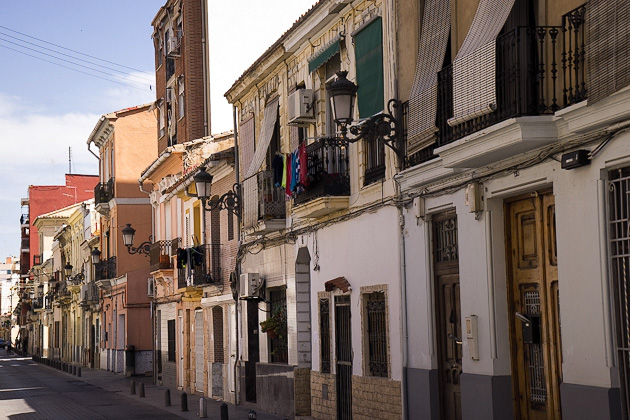
Cabanyal came into being during the 13th century, as a settlement of fishermen. In 1821, it was incorporated as a village called Pueblo Nuevo del Mar, and became fashionable with Valencians who wanted to be close to the beach, yet within reach of the city. The village was swallowed up by Valencia in 1897, taking the name Cabanyal-Canyamelar.
A hundred years after losing its status as an independent town, Cabanyal found itself in danger of also losing its identity. Valencia had long dreamed of a boulevard to connect the city center with the beach, and in 1998, the government finally set its plans into motion. The prolongation of Avenida Blasco Ibáñez to the sea proved immediately controversial, and the residents of Cabanyal rose up in opposition.
What could they have been opposing? A road to the beach sounds nice, doesn’t it? But the problem was that a huge number of Cabanyal’s historic buildings had to be demolished to make way for the boulevard. Residents claimed that the government was acting unilaterally, against the will of the people and against the law itself. Huge swaths of Cabanyal which had been declared as protected heritage sites would be wiped out by the new avenue. Under the name “Salvem Cabanyal,” residents initiated a series of court battles to protect their neighborhood.
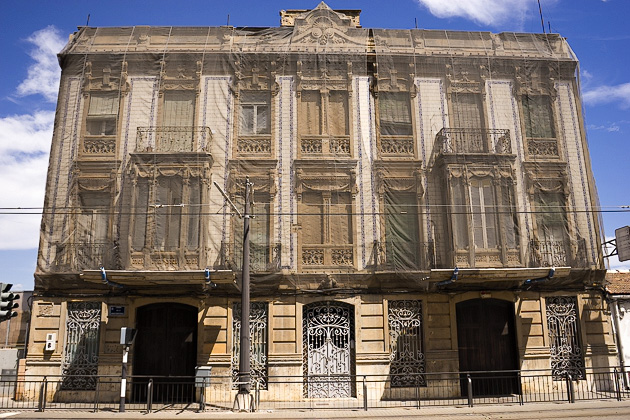
This is an issue which has neatly divided the city. Mentioning “Cabanyal” to a Valencian will win you an impassioned speech, either for or against the government’s plan. Those who support it view the development as necessary to Cabanyal’s eventual recuperation, while those against argue that destroying a neighborhood is a funny way of saving it.
Although the avenue’s prolongation has been stalled, the long-running battle has already left its mark on Cabanyal. The section of the neighborhood marked for demolition, between Blasco Ibáñez and Calle Reina, has deteriorated hideously. Nobody’s going to invest in an area soon to be destroyed, and the city’s shadier elements have set up shop. As a tourist, it’s best to avoid this zone entirely.
For years, we visited Cabanyal only to get to the beach; we would bike through the neighborhood’s back streets as quick as possible, eager to get to the water. But lately, we’ve been taking time to explore the rest of Cabanyal, and have realized that there’s a lot we were missing out on. There are great restaurants like the hipster-friendly La Peseta, or the more elegant Casa Montaña. You’ll find the engaging Museo del Arroz here, as well as a lively marketplace. In the northern half of the neighborhood, you’ll see a set of old-time barracas, and charming two-story buildings occupying friendly, low-traffic streets. And of course, you can’t miss the Semana Santa Marinera, which transforms Cabanyal into a Religious Procession Expressway for three days.
Here’s hoping that the “Battle for Cabanyal” is soon resolved, one way or the other. This neighborhood deserves to concentrate on its future, and move past the struggles which have consumed it for the past two decades. Cabanyal should be one of Valencia’s most expensive and sought-after zones. I’d wager that it will eventually be the case. Not yet, but someday soon.
Locations on our Map: Mercado de Cabanyal | Cabanyal’s Barracas
*The battle might be over quicker than we had hoped! In 2015, the left-wing took power of the government, after 25 years of conservative rule. Valencia’s socialists have long stood against the avenue’s prolongation, and it now looks unlikely that any further development will take place.

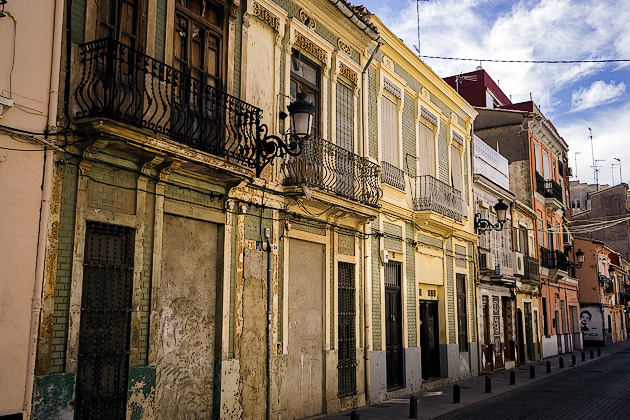
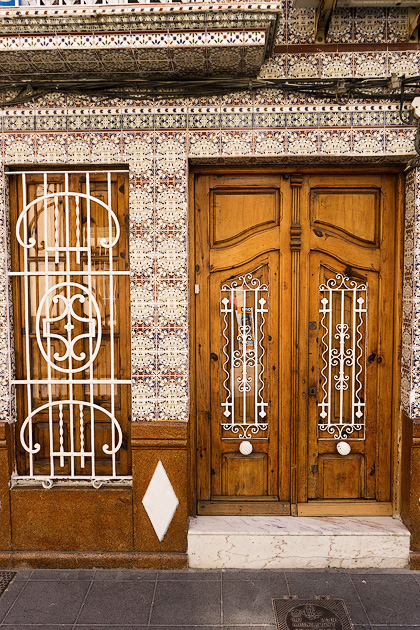



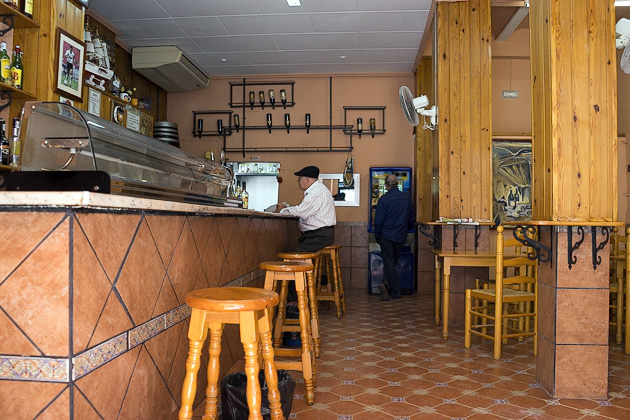



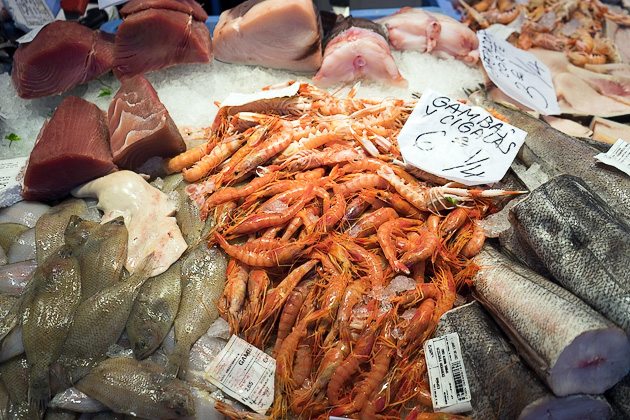
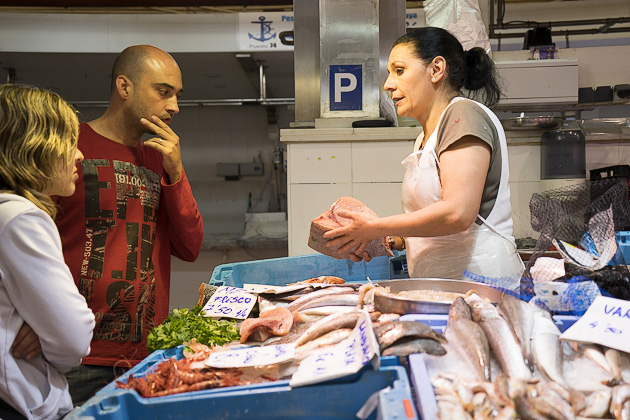
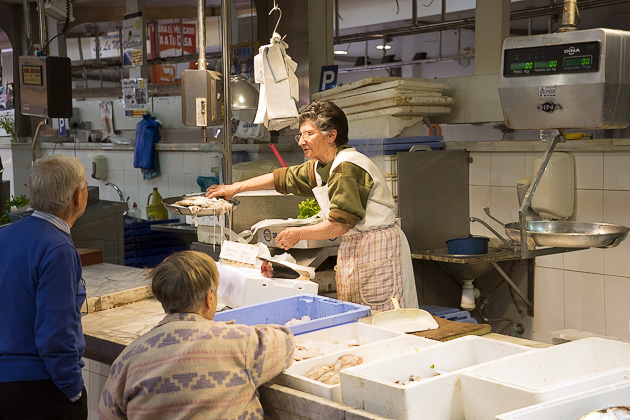
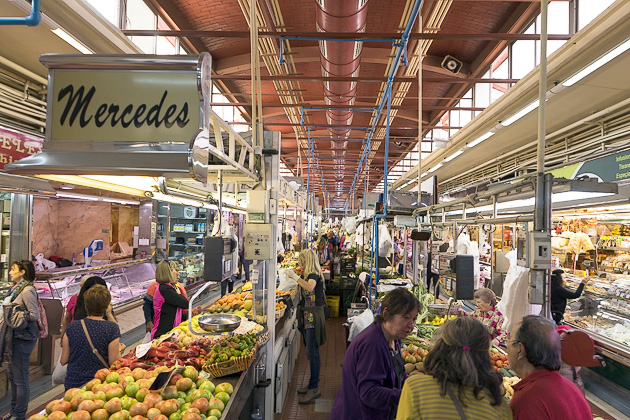
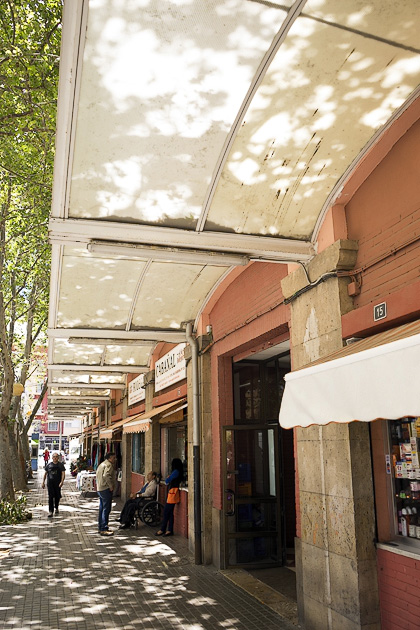
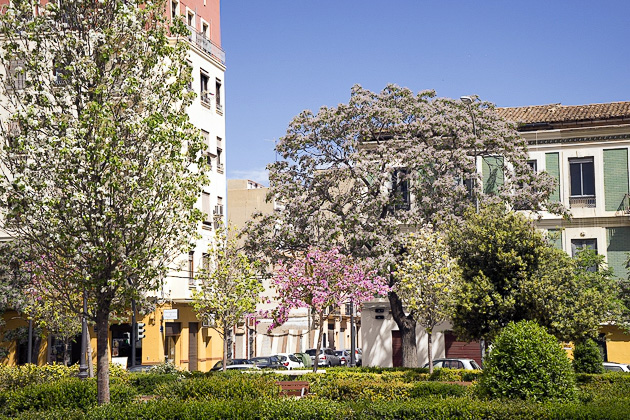
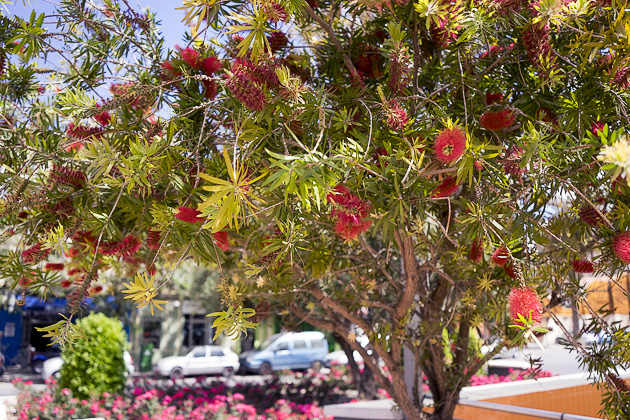
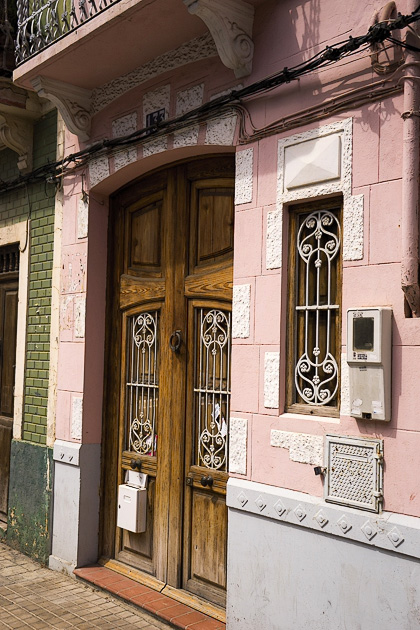
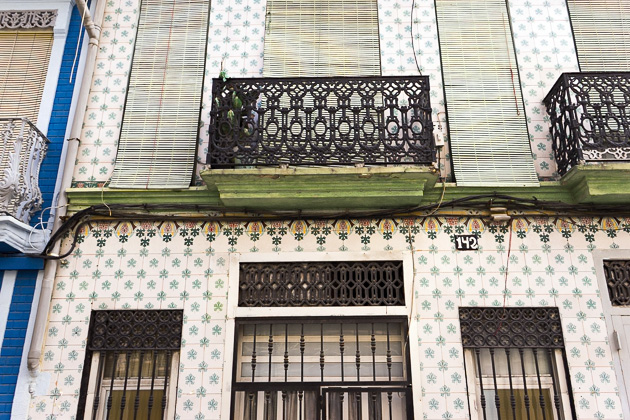
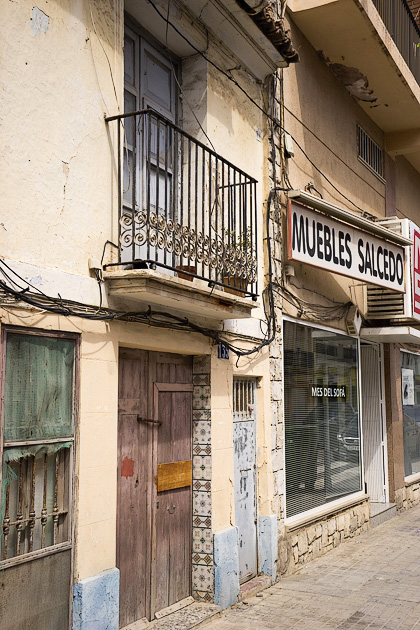
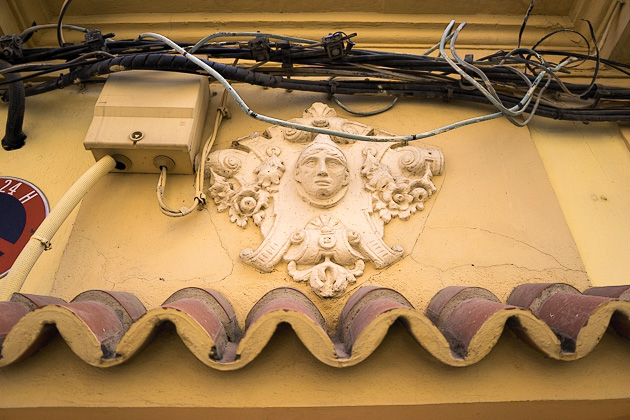
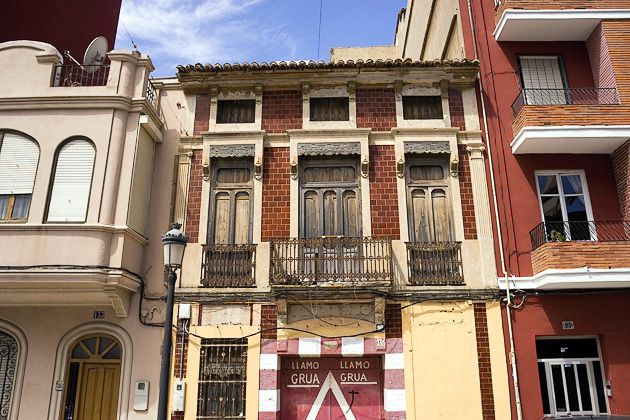
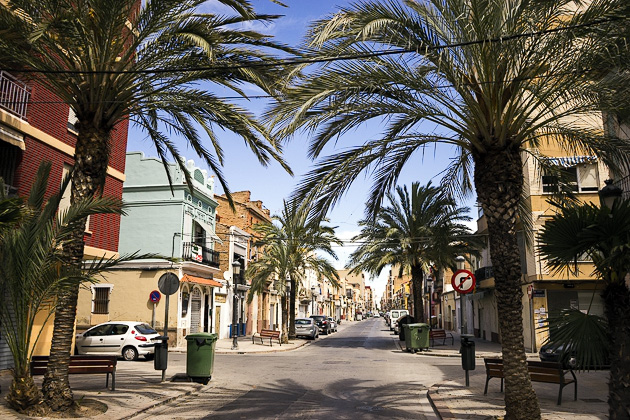


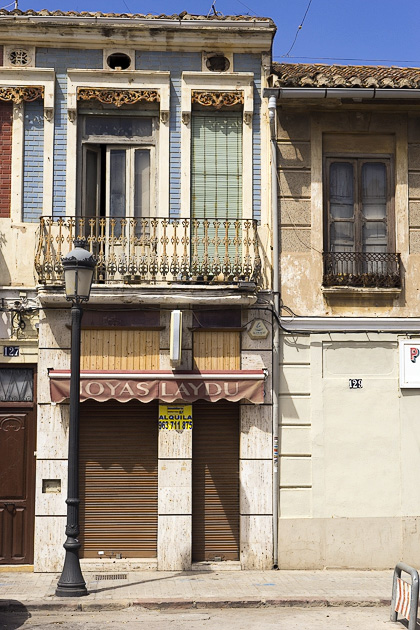
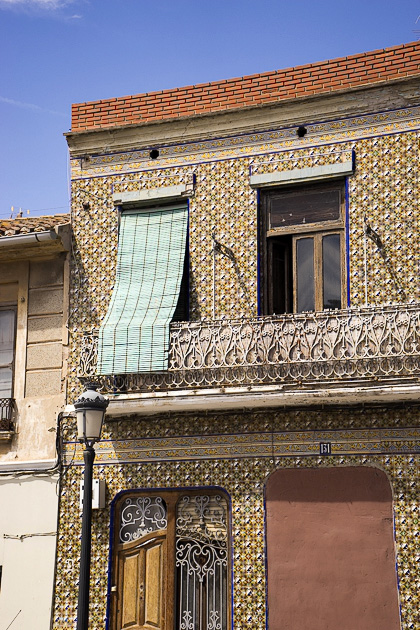



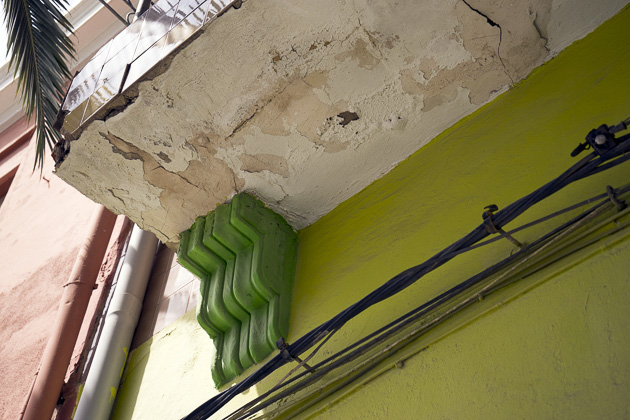
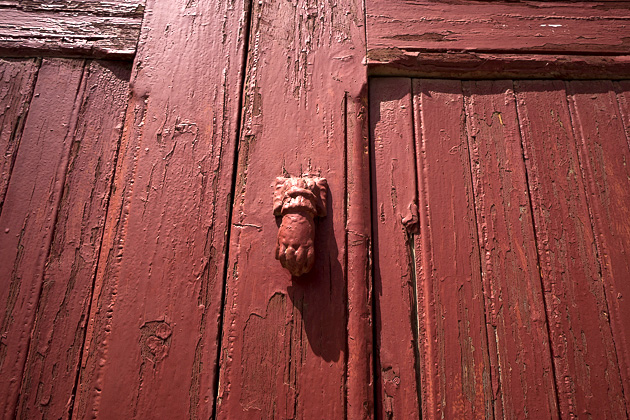


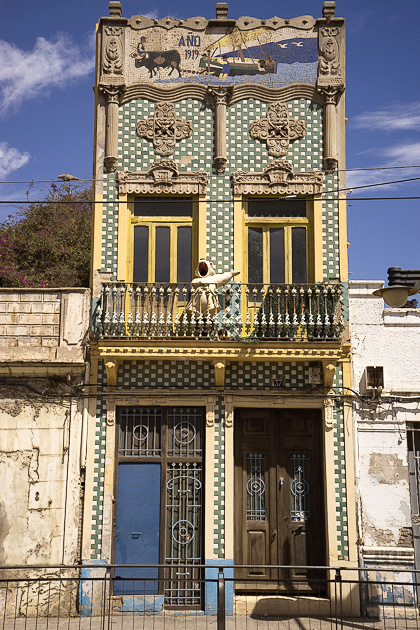
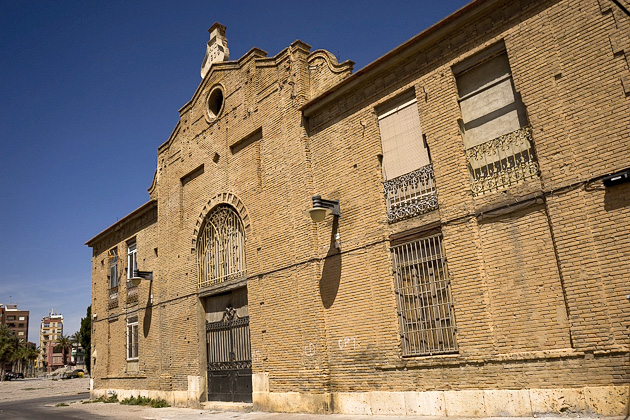
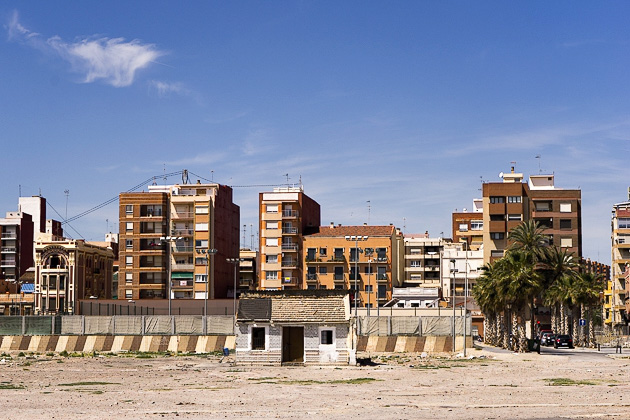
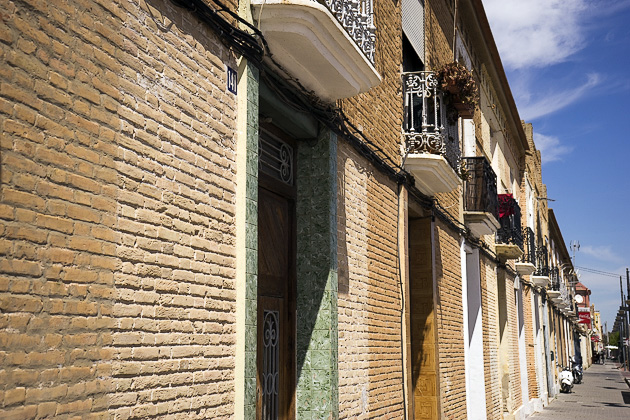





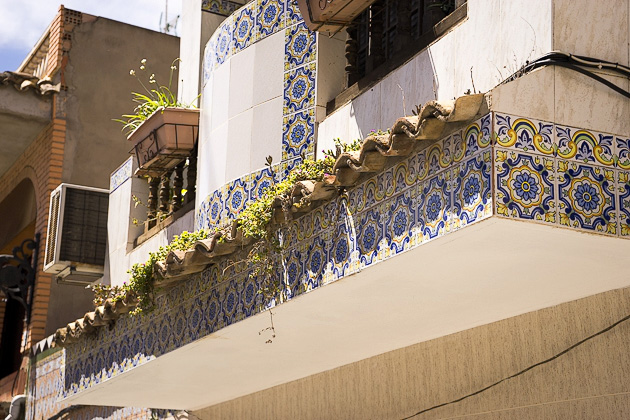




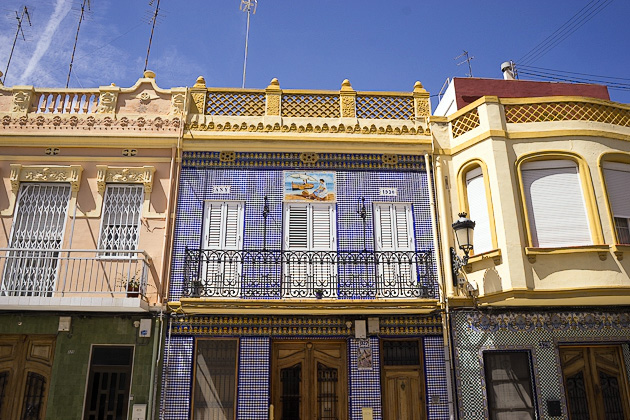
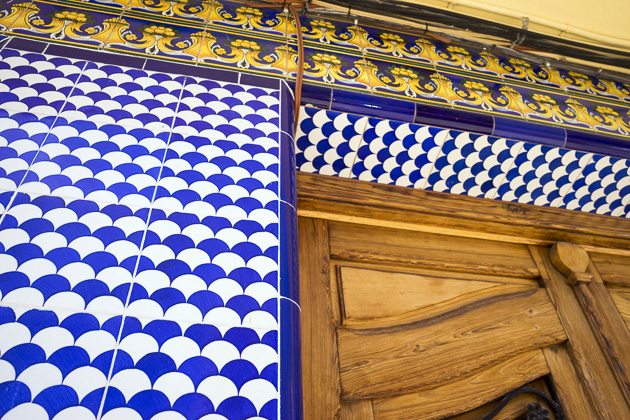

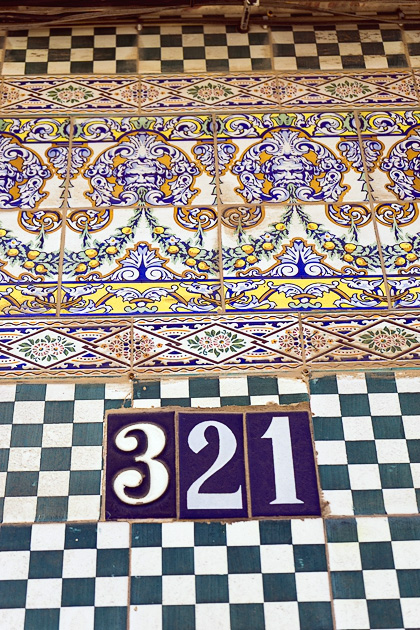
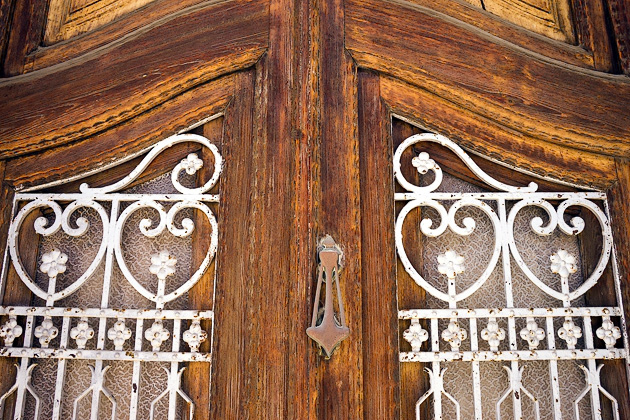
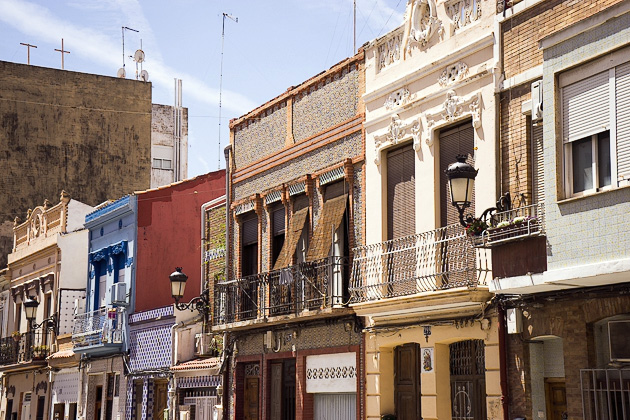


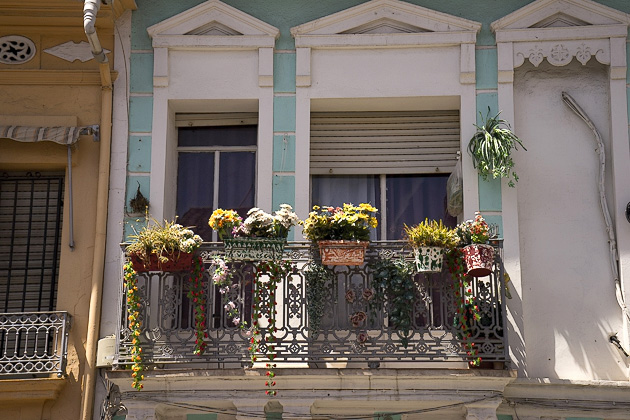
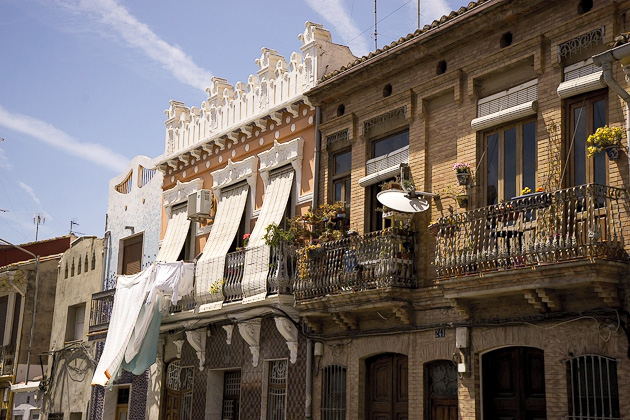




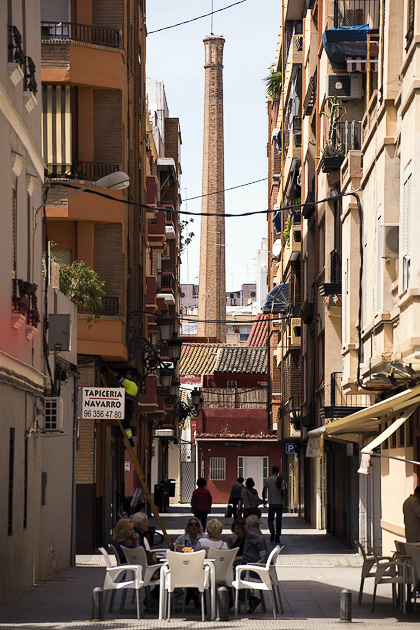




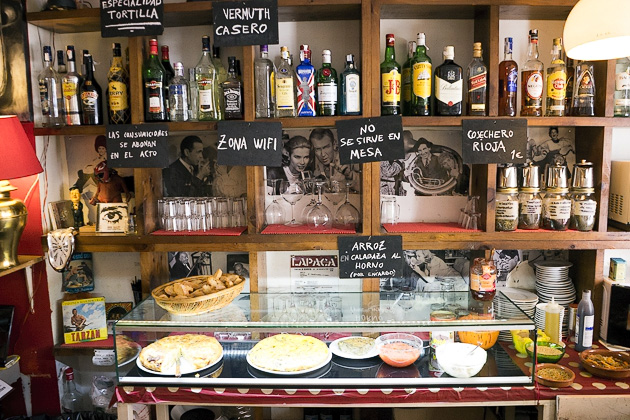

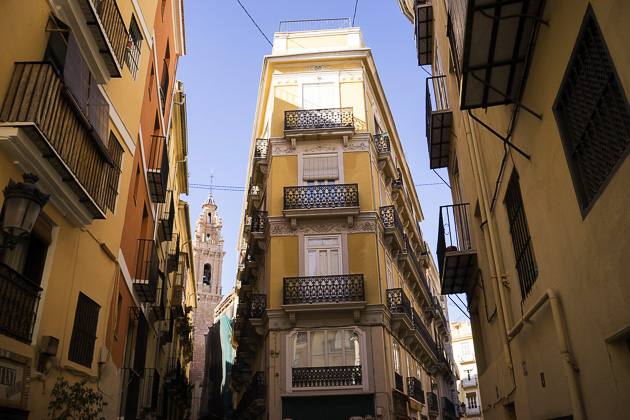
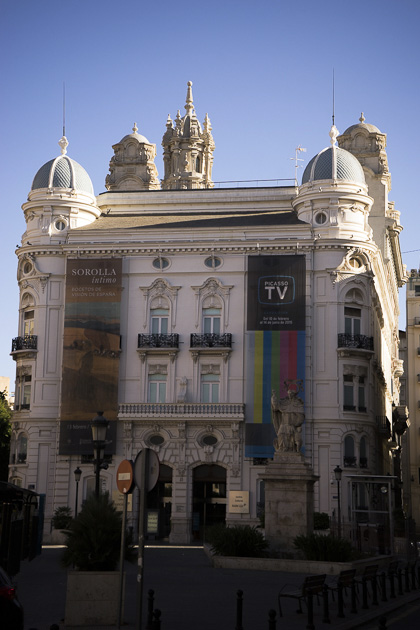
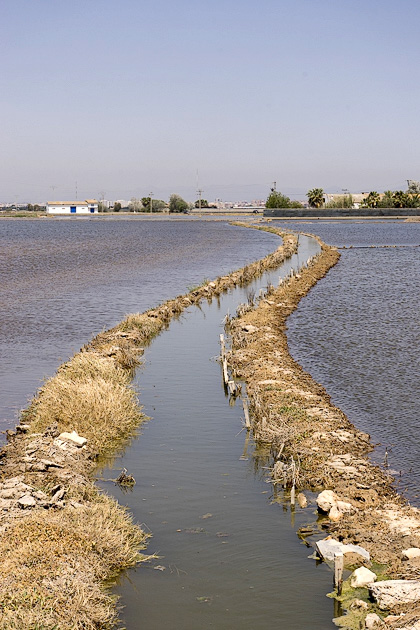

Great blog, as ever – and wonderful photos. Thank you.Thought you might like to know that Jason Webster, who has written a series of English-language detective books set in Valencia, has used the battle for Cabanyal as the background for one of his thrillers: “A Death in Valencia”.SaludosJonathan
enjoying your blog. Learning more and more about Valencia from it. My wife and I have just moved here for the year. Looking forward to it. Your blog is certainly going to help. Great stuff